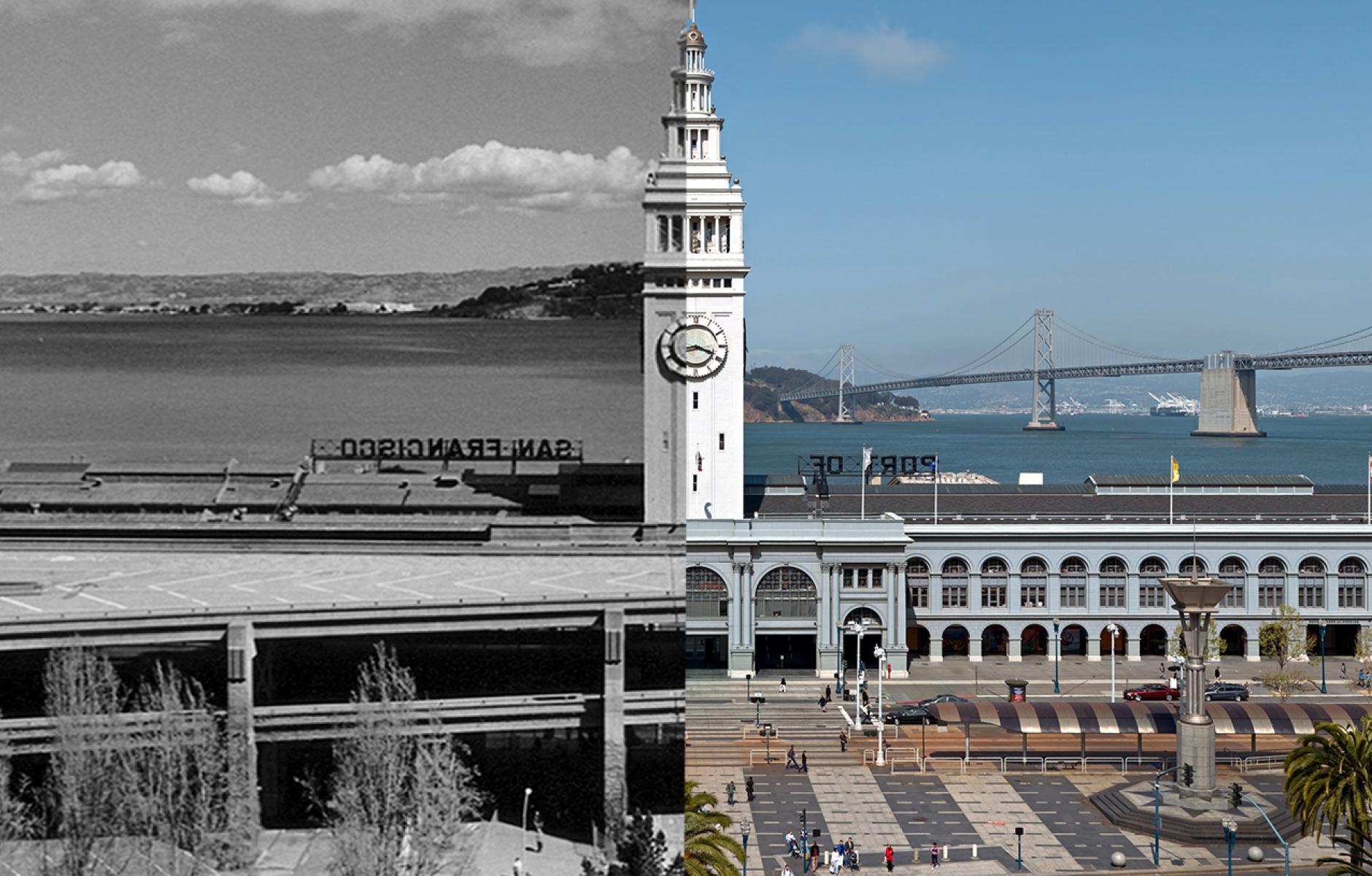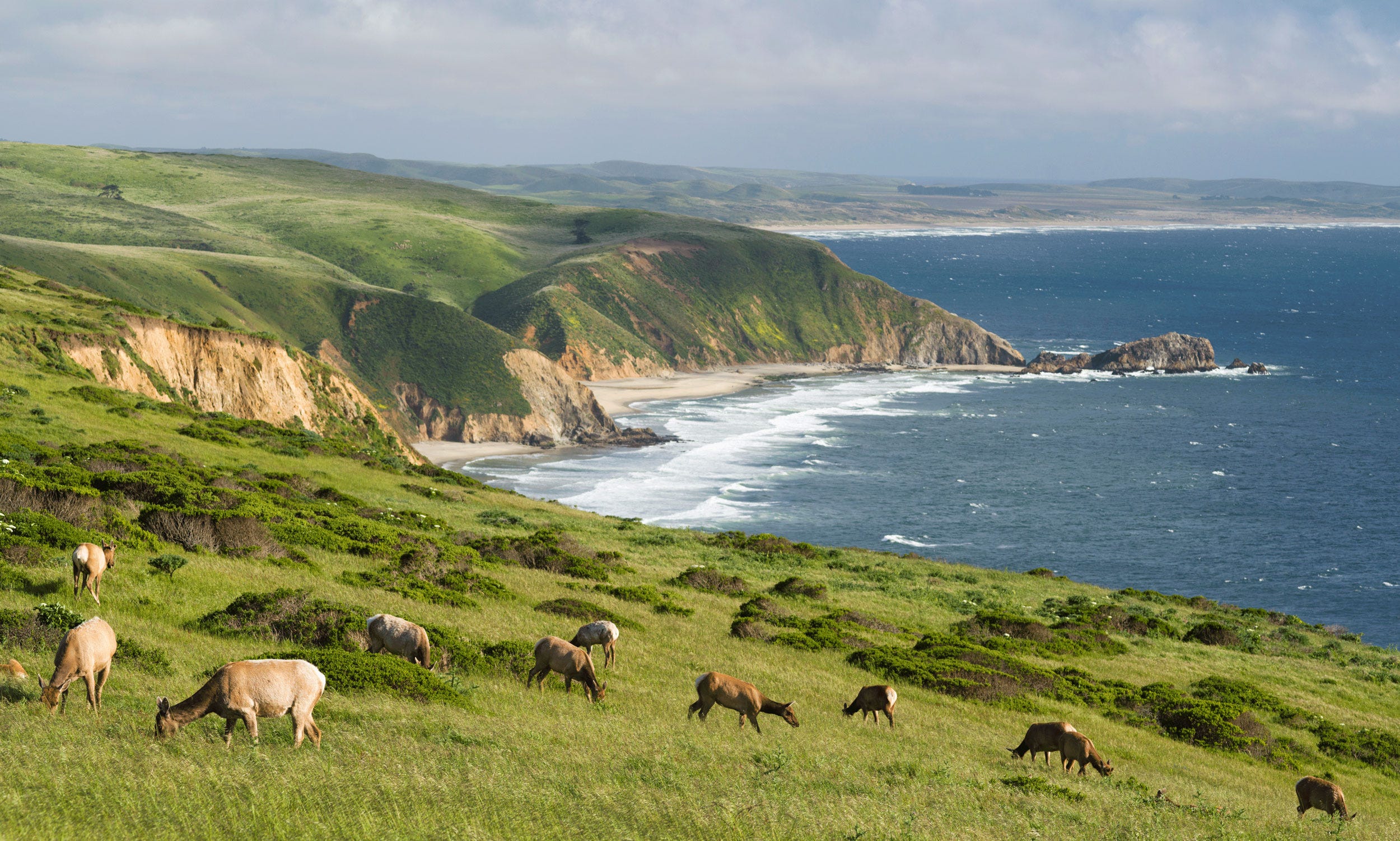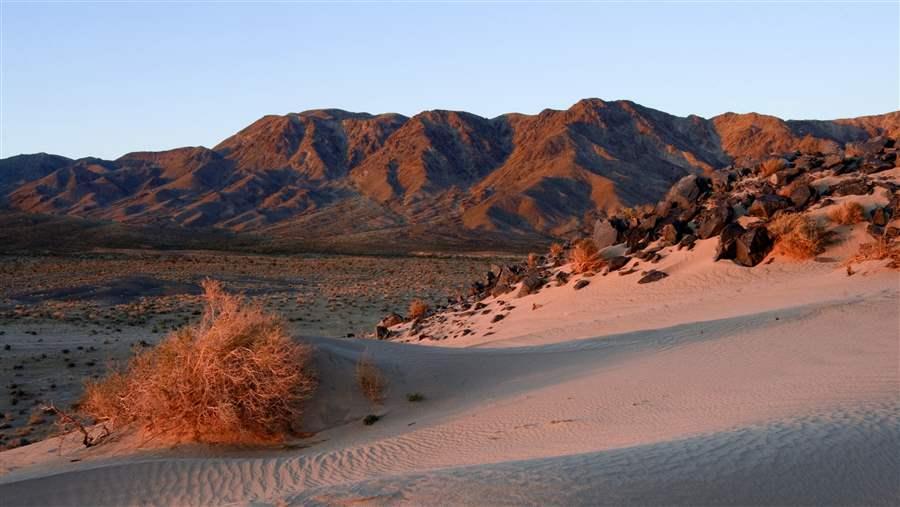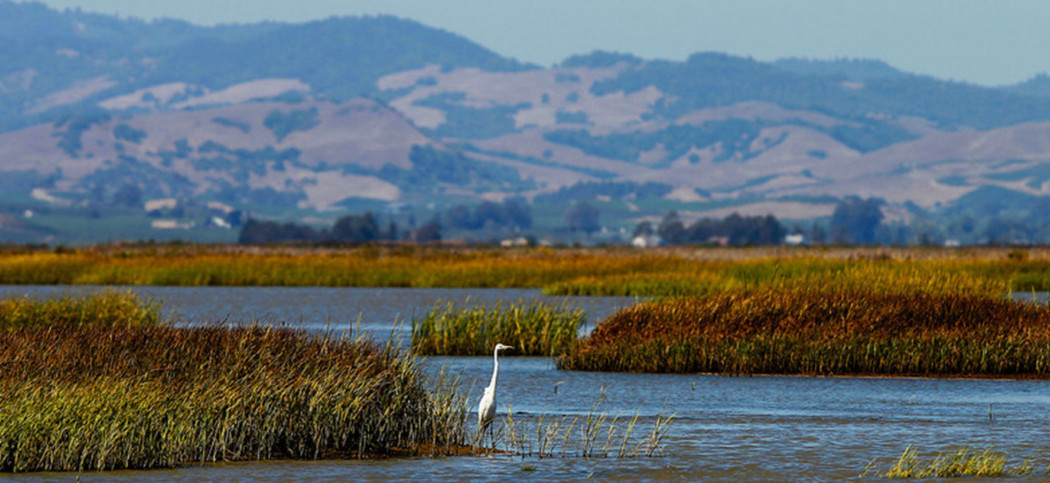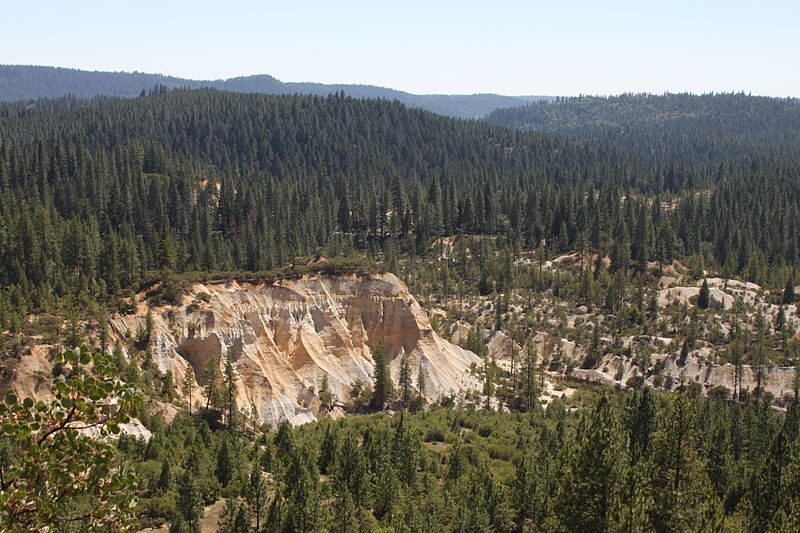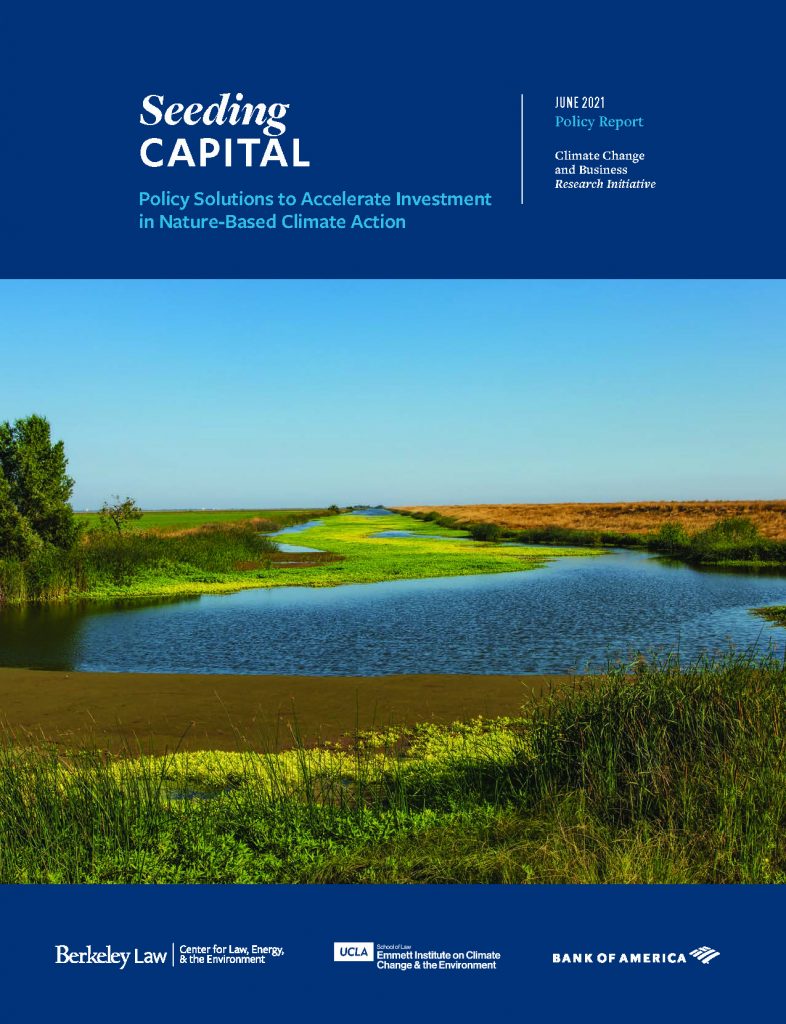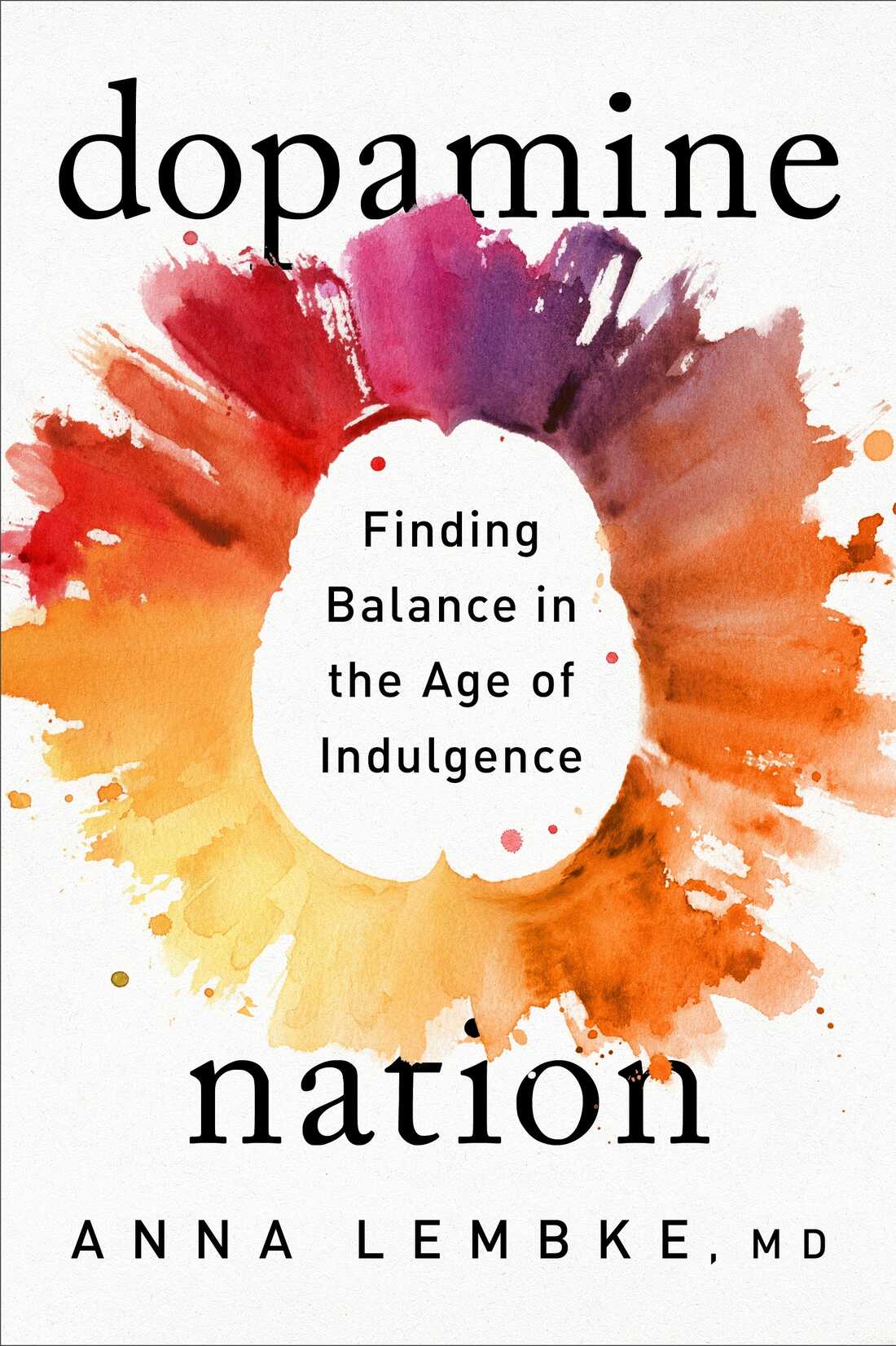
Tonight on State of the Bay at 6pm PT, we’ll discuss the neuroscience of pain, pleasure, and addiction with Dr. Anna Lembke, medical director of addiction medicine at Stanford University and author of the new book Dopamine Nation: Finding Balance in the Age of Indulgence.
Plus we’ll get an update from Joe Eskenazi, managing editor of Mission Local, on San Francisco’s broadening corruption scandal and general dysfunction.
And finally we’ll talk with SF Jazz High School All-Star Sean Huang about making music with others during a pandemic. Their new album can be found here.
Tune in tonight at 6pm PT on KALW 91.7 FM in the San Francisco Bay Area or stream live.
What would you like to ask our guests? Post a comment, tweet us @StateofBay or send an email or voicemail to StateofBay@gmail.com. You can call 866-798-TALK with questions during the show!

On tonight’s State of the Bay we’ll discuss the recent crisis in Afghanistan, including how Bay Area residents are impacted and finding ways to help. Joining us will be Congressman Eric Swalwell, Representative of California’s 15th district; Aisha Wahab, Hayward City Council Member and Board Member with the Afghan Coalition; and Robert Crews, Professor of History at Stanford University and a leading scholar on Afghanistan.
Plus, we’ll look at the State of the San Francisco Municipal Transportation Agency (Muni) with its Director of Transportation, Jeffrey Tumlin.
And finally we’ll get an inside look at the California Academy of Sciences when Joseph Pace interviews Elizabeth Babcock, the organization’s Dean of Education.
Tune in tonight at 6pm PT on KALW 91.7 FM in the San Francisco Bay Area or stream live.
What would you like to ask our guests? Post a comment, tweet us @StateofBay or send an email or voicemail to StateofBay@gmail.com. You can call 866-798-TALK with questions during the show!

Confused about how to vote on the California gubernatorial recall? On tonight’s State of the Bay on KALW 91.7 FM at 6pm PT, we’ll get the latest on the recall effort with Jeremy B. White of Politico’s California Playbook.
Plus we’ll hear from Dr. Rupa Marya of UCSF and Raj Patel of University of Texas, Austin about their new book, Inflamed: Deep Medicine and the Anatomy of Injustice.
Finally, Joseph Pace will interview Dominique Mouton, writer and creator of “The Lower Bottoms,” a new podcast series that tells the story of a rapidly gentrifying neighborhood in West Oakland.
Tune in tonight at 6pm PT on KALW 91.7 FM in the San Francisco Bay Area or stream live.
What would you like to ask our guests? Post a comment, tweet us @StateofBay or send an email or voicemail to StateofBay@gmail.com. You can call 866-798-TALK with questions during the show!
Last week, President Biden made a major environmental announcement that his administration will be largely restoring Obama-era vehicle fuel economy standards through 2025, which had been rolled back under the Trump administration. It’s a big deal because 30% of the country’s greenhouse gas emissions come from transportation.
Beyond restoring the standards, the president directed his agencies to develop more stringent standards beyond 2025 model years, for light- as well as medium- and heavy-duty vehicles. The goal should be 50% of new vehicles sales as zero emission in 2030.
To discuss the announcement, I appeared on KQED Forum on Tuesday and KTVU Channel 2 News in the San Francisco Bay Area last week. The radio audio is linked above and I’ve included the KTVU video below.

President Biden is nearing a potentially significant bipartisan win on federal infrastructure spending, as a $550 billion package nears approval in the United States Senate. But the United States has a poor track record of spending this kind of money wisely, particularly on rail transit.
As the Eno Center has documented, U.S. taxpayers pay a premium of nearly 50 percent on a per-mile basis to build rail transit compared to our global peers. Tunneled projects furthermore take nearly a year and a half longer to build than abroad
In a piece I just published for Smerconish.com, I lay out key requirements that federal leaders should consider including as conditions on these “Biden bucks” to avoid repeating the mistakes of the past. To summarize the piece, federal transit dollars should:
- Include measures that prevent local transit agencies from “over-designing” projects to appease narrow interests with counter-productive and costly concessions;
- Ensure local leaders choose optimal rail transit routes to boost ridership and overall utility and cost-effectiveness;
- Streamline federal permitting, including via multi-agency coordination and expedited environmental reviews, with exemptions from analysis on impacts not all that relevant to environmentally beneficial rail – like traffic, air quality, and noise;
- Incentivize smart procurement of contractors, including a maximum on contract size to break up the work on large projects among smaller and more competitive firms;
- Give transit agency staff more flexibility on construction oversight, including ability to make basic decisions on project implementation to speed construction; and
- Require 24/7 construction to shave potentially years off construction timelines.
With a challenge this complex, no single solution will cure the United States of its poor track record on rail transit project delivery. But the infrastructure bill now gives Congress and the Biden Administration an opportunity to start fixing the problem — delivering climate-friendly infrastructure quickly and effectively to more people.

On tonight’s State of the Bay, we’ll ask: can Oakland keep the A’s? The major league baseball team owners hope to build a stadium on the waterfront, but some local employers worry it would harm the maritime economy at the port of Oakland. And what would happen to the current coliseum site?
Joining us to discuss will be:
- Dave Kaval, President of the Oakland A’s
- Mike Jacob, General Counsel for the Pacific Merchant Shipping Association
- Ray Bobbitt, Founder of the African-American Sports Entertainment Group
With a prerecorded statement by Oakland Councilmember Rebecca Kaplan.
Plus Grace Won talks with Tienlon Ho about her new cookbook, Mr. Jiu’s in Chinatown.
Tune in tonight at 6pm PT on KALW 91.7 FM in the San Francisco Bay Area or stream live.
What would you like to ask our guests? Post a comment, tweet us @StateofBay or send an email or voicemail to StateofBay@gmail.com. You can call 866-798-TALK with questions during the show!

On tonight’s State of the Bay, we’ll talk with District 11 Supervisor Ahsha Safaí about the recent surge of shoplifting in San Francisco.
Then we’ll discuss the pros and cons of efforts to make outdoor dining spaces permanent with John King, Urban Design Critic for the San Francisco Chronicle and Laurie Thomas, Executive Director of the Golden Gate Restaurant Association.
Finally, co-host Joseph Pace talks with Pulitzer Prize-winning author John Branch about his new book, Sidecountry.
Tune in tonight at 6pm PT on KALW 91.7 FM in the San Francisco Bay Area or stream live.
What would you like to ask our guests? Post a comment, tweet us @StateofBay or send an email or voicemail to StateofBay@gmail.com. You can call 866-798-TALK with questions during the show!

This week on State of the Bay, we’ll talk with new California Attorney General Rob Bonta about his efforts to combat anti-Asian American hate, increase police accountability and focus on gun control here in California.
Plus, New York Times best-selling author Julie Lythcott-Haims shares tips on “adulting” from her new book Your Turn: How to Be an Adult.
And I’ll talk with Oakland-based architect Deanna Van Buren about building a world without prisons and her work at of Designing Justice + Designing Spaces.
Tune in tonight at 6pm PT on KALW 91.7 FM in the San Francisco Bay Area or stream live.
What would you like to ask our guests? Post a comment, tweet us @StateofBay or send an email or voicemail to StateofBay@gmail.com. You can call 866-798-TALK with questions during the show!

New UC Berkeley/UCLA Law report discusses policy solutions to accelerate investment in nature-based climate solutions in California. Register for a free webinar on Wednesday, June 16 from 10:00 AM to 11:00 AM Pacific Time with an expert panel to learn about the top findings.
This post is co-authored by Katie Segal and Ted Lamm.
Some of the most promising, cost-effective climate change solutions are in our own backyards. Trees, plants, soils, and ecosystems like wetlands can store and ultimately bury carbon, helping California and other jurisdictions achieve the “negative emissions” needed to meet long-term carbon neutrality goals.
These nature-based solutions also can reduce emissions from the land sector, such as emissions from agricultural practices. In addition, they can generate significant benefits beyond storing carbon, such as cleaning water, enriching biodiversity, providing more equitable access to urban green spaces, improving public health outcomes, and creating opportunities for COVID-19 economic recovery.
Yet nature-based climate solutions can be difficult to deploy because of various funding and financing barriers, despite the potential for reliable returns for a range of stakeholders. Resource managers and landowners may have high-quality projects in mind—from sustainable forest and vegetation management to urban greening—but struggle to connect with the right financing or funding pathways to development. Similarly, investors may wish to direct resources toward environmentally beneficial projects but lack sufficient information to identify best-fit vehicles and model returns.
Specific barriers to investment include failure of markets to recognize the benefits of nature-based carbon sequestration, lack of adequate data and metrics to inform investment decisions, and misalignment between project structures, public processes, and investment needs. As a result, despite rapidly growing understanding of the need to fund nature-based climate and resilience projects, experts have identified a biodiversity funding gap in the hundreds of billions of dollars.
A new report released today by UC Berkeley’s Center for Law, Energy and the Environment (CLEE) and the UCLA Law Emmett Institute on Climate Change and the Environment, Seeding Capital, proposes several policy solutions and innovations to tackle these challenges, including:
- Aligning nature-based investment products with existing international standards and labels
- Leveraging California Environmental Quality Act (CEQA) mitigation to fund projects on natural and working lands
- Standardizing accounting practices for measuring greenhouse gas impacts, environmental impacts, and community impacts
- Conducting advance planning and permitting for multiple potential projects to create “portfolios” for grantors and investors to finance
The report is sponsored by Bank of America and informed by an expert stakeholder convening facilitated by the law schools. Ultimately, implementing these solutions will require consistent and strategic alignment among various sectors, including financial leaders, state and local leaders, philanthropy, and various utility districts, among others.
To discuss the report’s findings and recommendations to bolster investment in nature-based solutions, Berkeley and UCLA Law will host a free webinar on Wednesday, June 16 from 10:00 AM to 11:00 AM Pacific Time with an expert panel, including:
- Newsha Ajami – Director of Urban Water Policy and Senior Research Scholar at Stanford Woods Institute for the Environment
- Amanda Hansen – Deputy Secretary for Climate Change at the California Natural Resources Agency
- Zach Knight – CEO and Co-Founder of Blue Forest Conservation
You can RSVP for the webinar here.
Download the report here.

